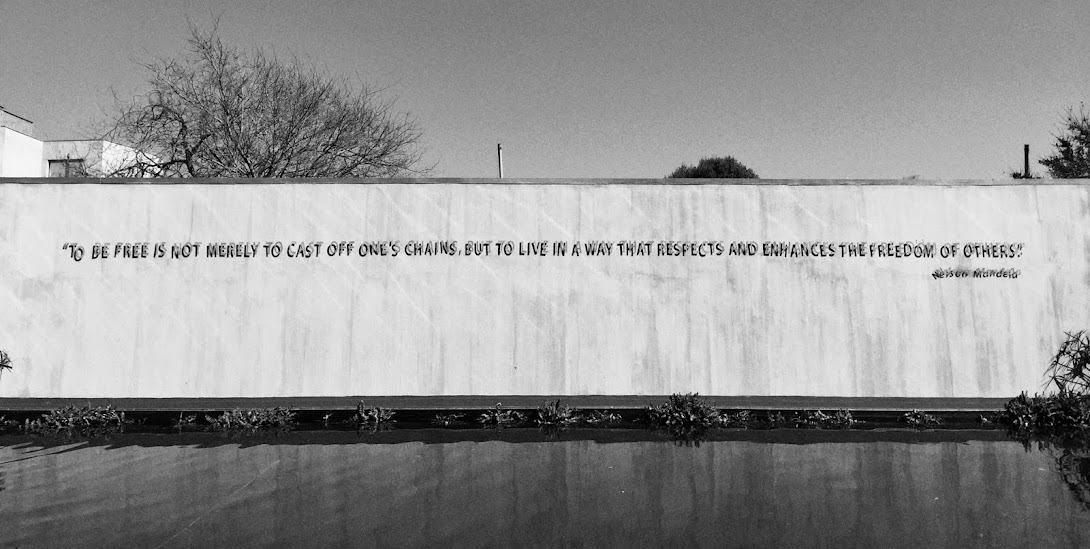The idiom, Those Who Forget The Past Are Doomed To Repeat It, is thrown around a lot. It’s an oft-banked opening to many a journal article about a commemorative date or breach, a fail-safe reprimand with matured acceptance in political speeches, and an easy conclusive point to open an undergraduate essay argument up to further implication and significance. Really, though, George Santayana’s oft-quoted statement has become something of an excuse.
The traditional commemorative dedication, In Memory Of, shares, in many instances, the same problem as Santayana’s idiom: passivity. When something is dedicated In Memory Of, it is a conclusion to that which is remembered; it says, We Have Done Our Duty and Remembered This. Countless studies draw similar conclusions from various memorial case studies, suggesting that this dedication is often a close (or attempt thereof) on discussion and an imposition of finality. An erected statue to X shows that we have remembered and cared for it for time immemorial, no further act on memory necessary. It encourages and, crucially, excuses, subsequent inaction. Santayana, by referencing the act of forgetting in absentia of its inverse, remembering, provides similar encouragement. Interestingly, Santayana dooms not the active act of forgetting, but the finality of having already forgotten. Though an implicit proviso of encouragement to inaction (and one reliant on a deliberately closed reading on my part), his prioritisation of that which is forgot over the persistent, active struggle of/with remembering allows the documented use and reuse of his statement as an excuse for its users’ failure to engage with the latter. By reprimanding the memory of others already lost, the statement’s use excuses one’s own passivity in struggling with the mess of actively remembering.
 |
| South African Memorial at Delville Wood. Source: Author's Own |
When I visit a memorial I choose one name and emphasise their story throughout my visit. Trying to picture what the person (and indeed people) behind this name went through, what they felt, what they saw, is a means of actively engaging with memory: it forces active remembering, displacing the passivity of forced silence as you will (read: kid) yourself into thinking that you won’t forget this when you leave the space of deliberately defined commemoration. At Auschwitz six years ago, it was a small religious community pictured and hanging on the walls of a nearby church; they reminded me of my own church community, placing them, and by extension myself, in the act of remembering. In the village of Oradour-sur-Glane in France this summer, pillaged and destroyed on 10 June 1944 by a Nazi German Waffen-SS company, it was a 22-year-old girl named Yvonne, murdered in said pillage; she was (approximately) my age, and she forced me to picture my own life transposed in her situation. In the fields by Delville Wood commemorating its losses of WWI, also this summer, it was 22-year-old Private France; like me, in age and nationality, but what had he been forced to face here that I never would?

